Growing Applications in Healthcare
The Tactile Sensor Market is witnessing growth due to the increasing applications in healthcare. Tactile sensors are being utilized in medical devices for patient monitoring, rehabilitation, and surgical applications. The demand for advanced healthcare solutions is rising, with the healthcare market expected to reach 11 trillion USD by 2025. Tactile sensors enhance the functionality of medical devices by providing real-time feedback, which is crucial for patient care and safety. This trend indicates a shift towards more interactive and responsive healthcare technologies, thereby driving the expansion of the Tactile Sensor Market. As healthcare providers seek to improve patient outcomes, the integration of tactile sensors is likely to become more prevalent.
Expansion in Automotive Applications
The Tactile Sensor Market is poised for growth due to the expanding applications in the automotive sector. With the rise of electric and autonomous vehicles, the need for advanced human-machine interfaces is becoming increasingly critical. Tactile sensors are being integrated into dashboards, steering wheels, and control panels to provide drivers with tactile feedback, enhancing safety and usability. The automotive industry is projected to invest heavily in smart technologies, with an estimated 300 billion USD allocated for innovation by 2025. This investment is likely to drive the adoption of tactile sensors, as they contribute to a more interactive and responsive driving experience, thus fostering growth in the Tactile Sensor Market.
Rising Demand in Consumer Electronics
The Tactile Sensor Market is experiencing a notable surge in demand driven by the increasing integration of tactile sensors in consumer electronics. Devices such as smartphones, tablets, and wearables are increasingly incorporating these sensors to enhance user interaction. The market for consumer electronics is projected to reach approximately 1 trillion USD by 2025, with tactile sensors playing a crucial role in improving touch sensitivity and user experience. This trend indicates a shift towards more intuitive interfaces, where tactile feedback is essential for user satisfaction. As manufacturers strive to differentiate their products, the incorporation of advanced tactile sensors is likely to become a standard feature, thereby propelling the growth of the Tactile Sensor Market.
Increased Focus on Robotics and Automation
The Tactile Sensor Market is benefiting from the increased focus on robotics and automation across various sectors. As industries seek to enhance operational efficiency, the integration of tactile sensors in robotic systems is becoming more prevalent. These sensors provide critical feedback that allows robots to interact more effectively with their environment, improving precision and safety. The robotics market is projected to reach 200 billion USD by 2025, with tactile sensors playing a pivotal role in the development of more sophisticated robotic systems. This trend suggests a growing recognition of the importance of tactile feedback in automation, which is likely to further stimulate growth in the Tactile Sensor Market.
Technological Advancements in Sensor Technology
The Tactile Sensor Market is significantly influenced by ongoing technological advancements in sensor technology. Innovations in materials and manufacturing processes are leading to the development of more sensitive and reliable tactile sensors. For instance, the introduction of flexible and stretchable materials is enabling the creation of sensors that can conform to various surfaces, expanding their application range. The market for sensor technology is expected to grow at a compound annual growth rate of around 10% through 2025, indicating a robust demand for advanced tactile sensors. These advancements not only enhance the performance of tactile sensors but also open new avenues for their application across diverse industries, thereby driving the Tactile Sensor Market.

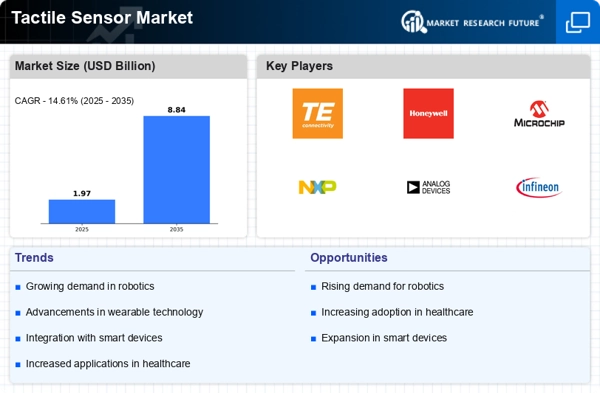
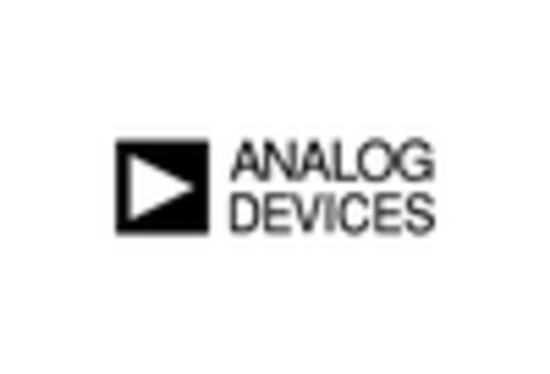

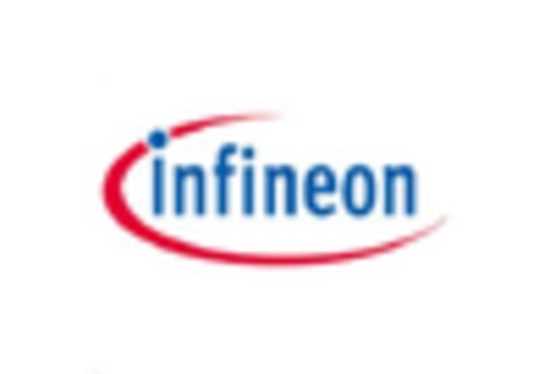
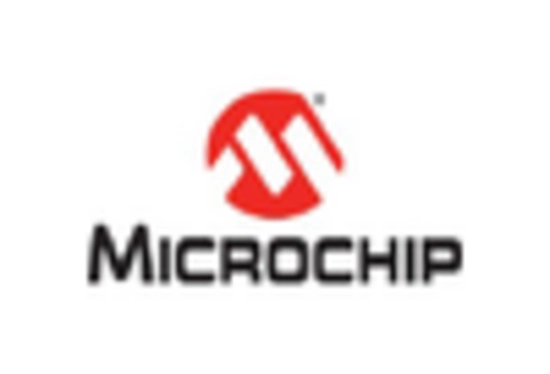
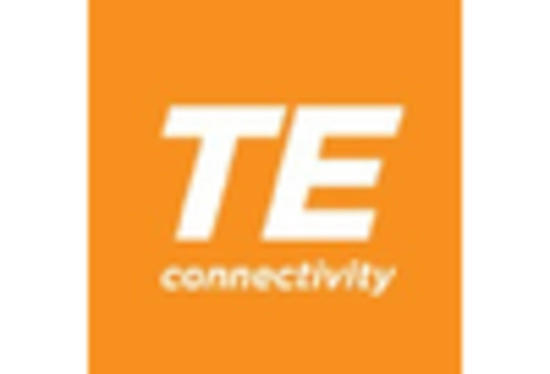








Leave a Comment